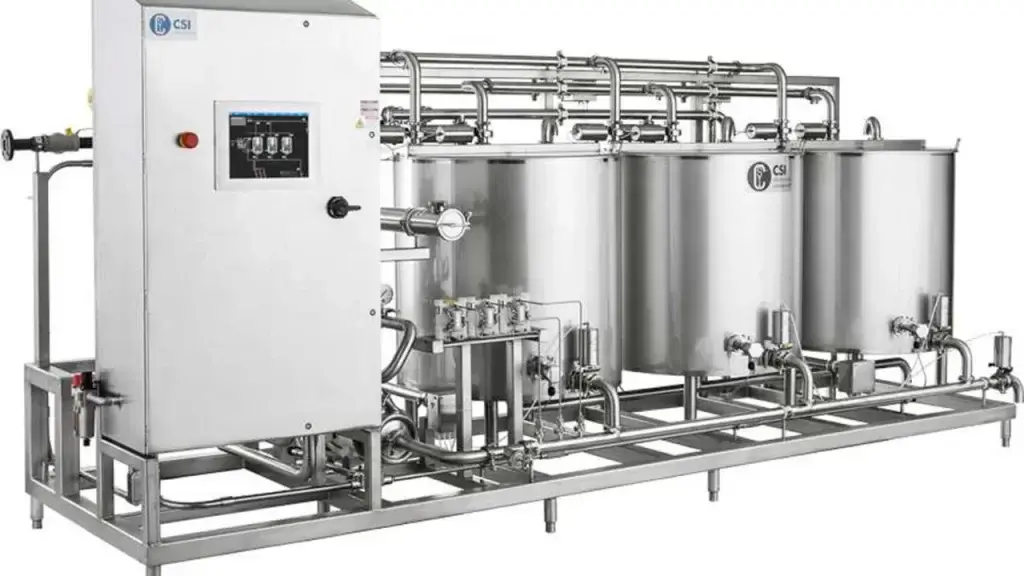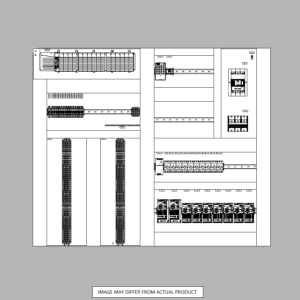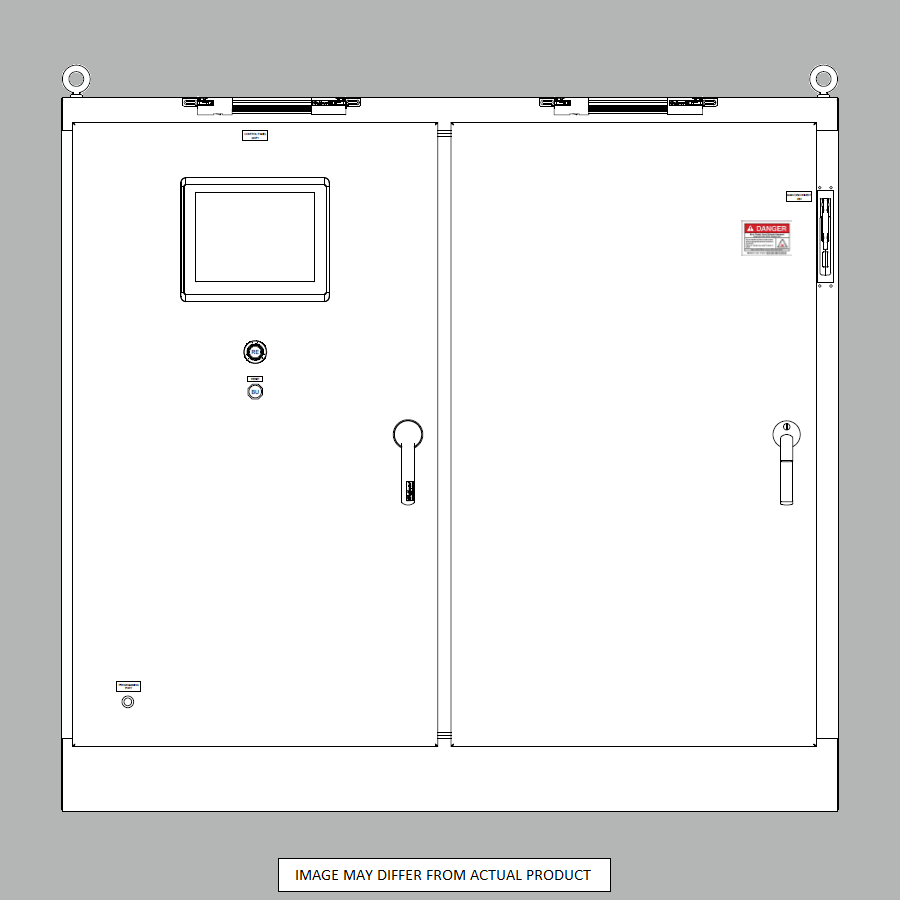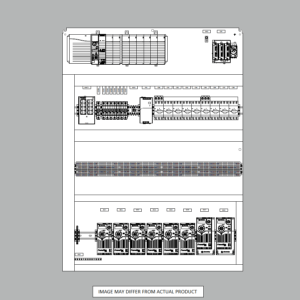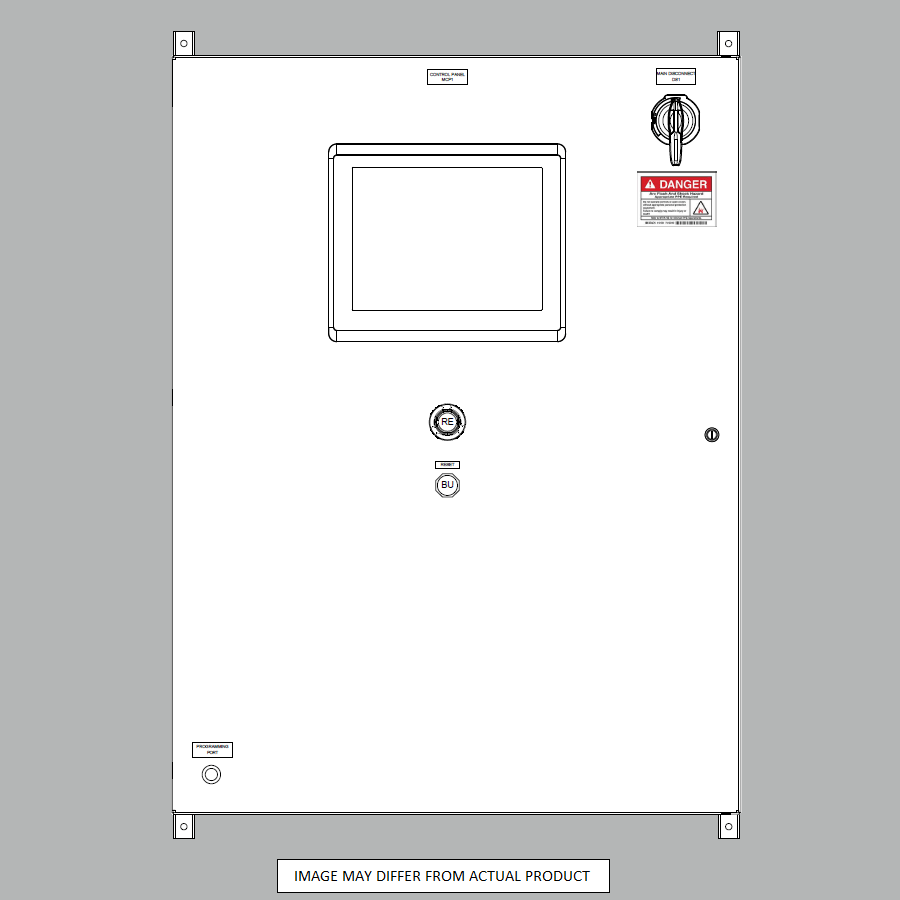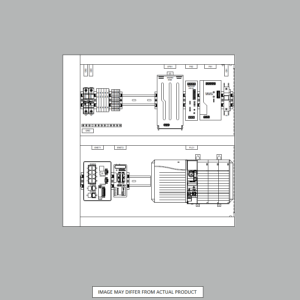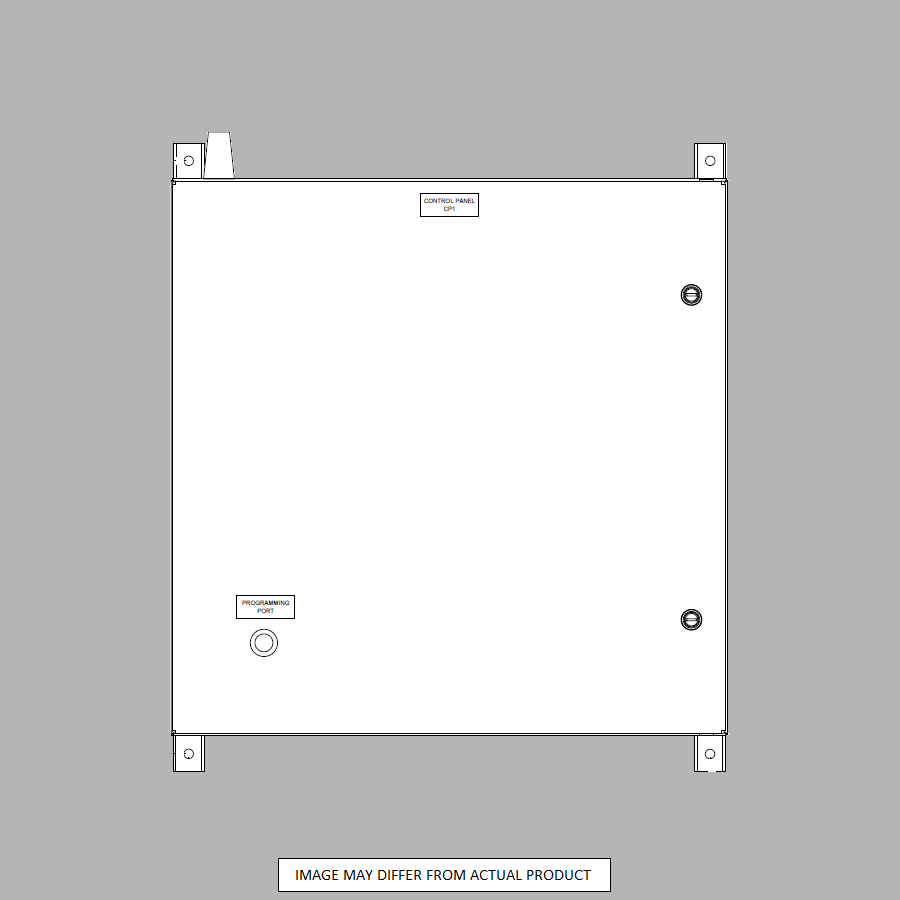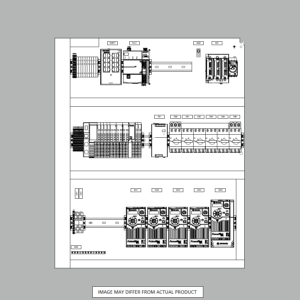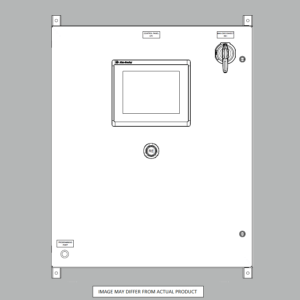Automated Cleaning Cycles – Clean-In-Place Systems
In the fast-paced world of brewing, maintaining pristine equipment is non-negotiable. Discover automated Clean-In-Place systems (CIP) – the unsung heroes ensuring your brews remain untainted and delicious. This article dives deep into the world of CIP automation, exploring how these systems keep brewing equipment spotless and why they’re indispensable in modern breweries.
Ready to discover the secret behind consistently clean brewing equipment? Let’s explore:
- How automated Clean-In-Place systems or CIP work their magic in maintaining hygiene
- The science driving effective cleaning cycles
- Why automation is revolutionizing the cleaning process in breweries
Let’s dive in and uncover the world of automated CIP systems!
The Science Behind CIP: How Automated Cycles Ensure Spotless Equipment
Clean-In-Place systems or (CIP) have revolutionized the way industries maintain equipment hygiene, especially in food and beverage production. But what exactly makes these systems tick?
At its core, CIP cleaning relies on a clever combination of water, chemicals, temperature, and flow to effectively remove contaminants. It’s not just about splashing some soapy water around – each element plays a crucial role in the cleaning process.
Take concentration, for instance. Too little cleaning solution, and you’re left with stubborn residues. Too much, and you’re wasting chemicals (and money). Then there’s contact time – giving the cleaning agents enough opportunity to work their magic. And let’s not forget temperature – heat can be a powerful ally in breaking down tough soils.
A typical automated CIP cycle looks something like this:
- Pre-rinse: Knock off loose debris and residues
- Cleaning: Apply detergents to break down and remove soils
- Rinse: Wash away cleaning chemicals and any remaining debris
- Sanitize: Eliminate any lingering microorganisms
Each stage is carefully calibrated to ensure maximum effectiveness. It’s like a well-choreographed dance, with each step building on the last to leave your equipment gleaming.
Key Components of Automated Clean-In-Place Systems
Now, let’s peek under the hood of an automated CIP system. Here’s what you’ll typically find:
- Tanks and piping systems: These store and deliver cleaning solutions where they’re needed.
- Pumps: The workhorses of the system, circulating cleaning solutions through the equipment.
- Spray devices: Ensuring every nook and cranny gets a thorough cleaning.
- Sensors and control systems: The brains of the operation, monitoring and automating the entire process.
Together, these components create a cleaning powerhouse that leaves no surface untouched.
CIP and Brewing: Ensuring Equipment is Spotless Between Brews
In the brewing world, cleanliness isn’t just next to godliness – it’s essential for producing consistently great beer. Brewing equipment faces unique challenges when it comes to cleaning. Think sticky malt residues, bitter hop oils, and stubborn yeast colonies. Not to mention the ever-present threat of contamination that could turn your prize ale into vinegar.
This is where automated Clean-In-Place systems really shine. They’re designed to tackle these brewing-specific challenges head-on. By precisely controlling factors like chemical concentration, temperature, and contact time, CIP systems can effectively remove even the most stubborn brewing residues.
But it’s not just about removing visible gunk. Proper sanitation is crucial in brewing, and automated CIP systems excel here too. They ensure that every surface is not just clean, but sanitized to a microbiological level. This means fewer chances for unwanted bacteria or wild yeasts to crash your brewing party.
The result? Consistently clean equipment that’s ready to produce batch after batch of high-quality beer. No more off-flavors from lingering contaminants, no more worries about inconsistent product quality. Just pure, unadulterated brewing goodness.
Automation in Clean-In-Place Systems: Enhancing Efficiency and Safety
Let’s face it – cleaning isn’t the most glamorous part of brewing. But it’s absolutely crucial. That’s where automation comes in, turning a tedious chore into a streamlined, efficient process.
Automated Clean-In-Place systems bring a host of advantages to the table:
- Reduced labor requirements: No more scrubbing tanks by hand! Automation frees up your team to focus on more value-added tasks.
- Minimized human error: Consistent, repeatable cleaning cycles every time, without relying on human memory or attention spans.
- Improved process control: Real-time monitoring and adjustment of cleaning parameters ensure optimal results.
- Resource optimization: Precise control over water and chemical usage means less waste and lower costs.
But perhaps the biggest advantage is the consistency that automation brings. Every cleaning cycle is performed exactly to spec, every time. This level of repeatability is crucial for maintaining product quality and meeting stringent hygiene standards.
CIP Validation and Verification: Ensuring System Effectiveness
Of course, having an automated Clean-In-Place systems is only half the battle. You need to know it’s actually doing its job effectively. That’s where validation and verification come in.
Validation is all about proving that your CIP system can consistently clean to the required standard. This typically involves a combination of approaches:
- Visual inspection: Sometimes, you just need to look and see if it’s clean.
- Microbiological testing: Swabbing surfaces to check for any lingering microorganisms.
- Chemical analysis: Testing for residual cleaning agents or product remnants.
Verification, on the other hand, is an ongoing process. It’s about regularly checking that your validated CIP system continues to perform as expected. This might involve routine inspections, periodic testing, or monitoring key performance indicators.
By combining robust validation with ongoing verification, you can be confident that your CIP system is keeping your equipment spotless, brew after brew.
CIP and Sustainability: Minimizing Environmental Impact
In today’s world, sustainability isn’t just a buzzword – it’s a necessity. And when it comes to CIP systems, there’s a delicate balance to strike between effective cleaning and environmental responsibility.
The challenge? CIP systems can be resource-intensive, using significant amounts of water and chemicals. But fear not – there are ways to make your CIP process more sustainable without compromising on cleanliness.
Here are some strategies to consider:
- Optimize cleaning cycles: Fine-tune your CIP parameters to use only what’s necessary. This might mean adjusting cycle times, chemical concentrations, or flow rates.
- Recycle and reuse: Many CIP systems now incorporate recovery systems that allow cleaning solutions to be reused multiple times before disposal.
- Implement water treatment: Treating and recycling rinse water can significantly reduce overall water consumption.
- Choose eco-friendly chemicals: Look for biodegradable cleaning agents that are tough on soils but gentle on the environment.
By implementing these strategies, you can reduce your brewery’s environmental footprint while still maintaining impeccable hygiene standards. It’s a win-win for your beer and the planet!
The Future of CIP: Advancements and Trends
The world of CIP is constantly evolving, with new technologies promising to make cleaning even more efficient and effective. Let’s take a peek at what the future might hold:
- Artificial Intelligence and Machine Learning: Imagine a CIP system that learns from each cleaning cycle, optimizing parameters in real-time for maximum efficiency. AI could analyze data from sensors to predict when cleaning is needed, preventing over-cleaning while ensuring hygiene standards are met.
- Advanced Sensor Technologies: New sensors could provide real-time, in-line monitoring of cleanliness levels. This could allow for dynamic adjustment of cleaning cycles, ensuring thorough cleaning without wasting resources.
- Robotics: While CIP systems already minimize manual cleaning, robotics could take this a step further. Picture robots designed to clean those hard-to-reach areas that traditional CIP systems might miss.
These technologies aren’t just pie-in-the-sky dreams – many are already being implemented in cutting-edge breweries. As they become more widespread, we can expect to see even more efficient, effective, and sustainable CIP processes.
One of the existing CIP systems is Rockwell Automation’s CIP 2.0. It features Allen‑Bradley® CompactLogix™ 5370 controllers and Allen‑Bradley PowerFlex® 755 AC drives. It is integrated on an EtherNet/IP network, the system includes Stratix managed switches with network address translation (NAT). An Allen‑Bradley solid-state integrated display computer running on a Windows® 7 operating system and FactoryTalk® View HMI software help monitor the system. Learn more about this CIP 2.0 case study by clicking this link.
Conclusion
Automated Clean-in-Place systems are more than just a convenience – they’re a cornerstone of modern brewing operations. By ensuring consistently clean equipment, they play a crucial role in maintaining product quality and safety.
From the science behind effective cleaning to the latest trends in automation, we’ve covered a lot of ground. The key takeaways?
- Automated CIP systems offer unparalleled consistency and efficiency in cleaning brewing equipment.
- Proper validation and verification are crucial to ensure your CIP system is performing as expected.
- Sustainability in CIP is not just possible, but increasingly necessary in today’s environmentally conscious world.
As brewing technology continues to advance, so too will CIP systems. By staying informed about these developments, you can ensure your brewery remains at the forefront of both quality and efficiency.
Ready to take your brewing operations to the next level? Consider exploring the benefits of CIP automation for your specific setup. And remember, when it comes to implementing or upgrading your CIP system, Automation Ready Panels has you covered.
Our expert team can design and implement a custom CIP solution tailored to your brewery’s unique needs. From initial consultation to ongoing support, we’re here to ensure your equipment stays spotless, your beer stays delicious, and your operations run smoothly.
Don’t let cleaning hold your brewery back. Contact Automation Ready Panels today and discover how our CIP automation solutions can revolutionize your brewing process. Clean equipment, great beer, happy customers – it all starts with the right Clean-In-Place systems. Let’s make it happen!
-
Large Process Automation: Panelview 5000, ControlLogix 5580
$24,073.00 Select options -
Small Process Automation: Panelview 5000, ControlLogix 5580
$20,321.00 Select options -
Small Process Automation: ControlLogix 5580, UPS Battery Backup, Cellular Modem
$18,999.00 Select options -
Advanced Automation: Panelview 5000, Safety CompactLogix 5380
$10,269.00 Select options

